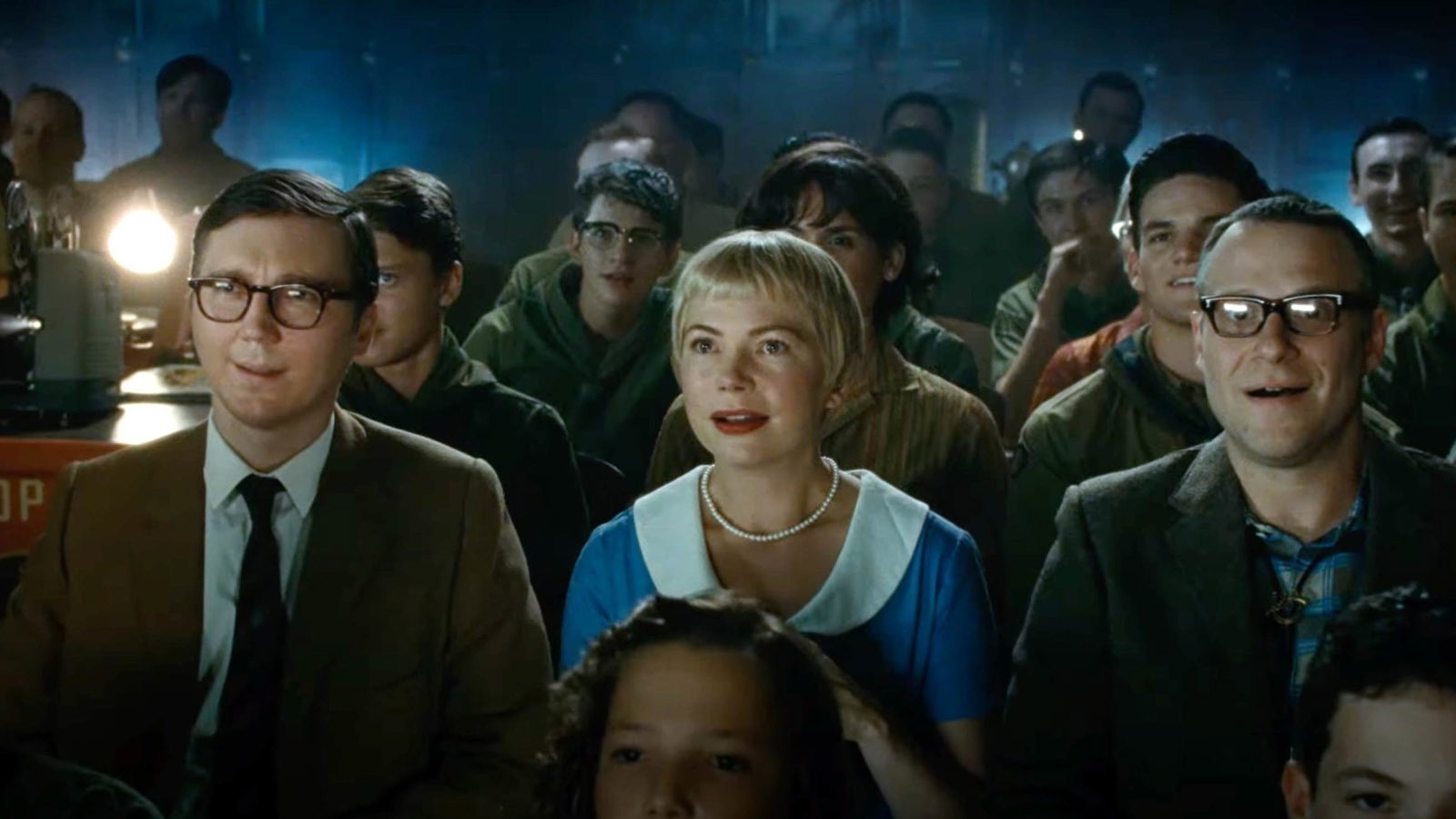Oscar Weekend

Over the past week, we’ve lost two actors whose troubled lives informed their arresting on-screen presences. Tom Sizemore, who was sixty-one, had an outstanding run as a supporting performer throughout the 1990s, but he also struggled with addiction all his adult life. He had “a wicked grin, a raucous laugh, and a gleam in his eye that could signal a pledge of eternal loyalty or impending murder, depending on the role,” writes Matt Zoller Seitz for Vulture. “As an actor, Sizemore was all-in, always.”
- It’s Oscar Weekend, and Longreads and the New York Review of Books have put together collections of relevant articles to dig into. In the New York Times, Irina Aleksander reports on just how brutal Oscar campaigns can get, and the Baffler is running A. S. Hamrah’s annual must-read string of compact reviews. “Like Everything Everywhere All at Once,” he writes, “Aftersun is a story of adult regret, but unlike the Daniels’ movie, it is also a study in how patient, focused accumulation of detail can have devastating effect. This film has a true sense of lost possibility, the kind that can’t be recovered in another universe but that can be recalled and recreated in a movie.” There will be at least one turn of phrase in this long scroll that will utterly delight you and another that will tick you off.
- Another essential writer on film, Blair McClendon—who also happens to have edited Aftersun—reviews Alain Gomis’s Rewind & Play (2022) for 4Columns. At the end of his 1969 tour of Europe, Thelonious Monk was interviewed on French television, and Gomis has juxtaposed clips with outtakes from the program to explore the chasm between the musician and the interviewer. “Music documentaries are hard to get right,” writes McClendon. “All good musicians have something demonic about them, and when the best perform, they exhibit nothing less than spiritual possession. Every cut in a film risks severing that connection. With someone like Monk, the wrong cutaway could be disastrous. Gomis is one of the few who could be trusted to assemble something so absorbing with this footage.”
- Ruben Östlund’s Triangle of Sadness, the winner of this year’s Palme d’Or in Cannes, is up for three Oscars, including Best Picture. Like Hamrah, Pat Cassels slaps back at critics whose dismissal of the film “comes from the misguided belief that Östlund is trying to impress the intelligentsia with his armchair economics.” Triangle “isn’t Marxist or Maoist or capitalist: it’s nihilistic. But the debate over how smart Östlund’s movie is or isn’t obscures a far more immediate point about criticism of capitalism on film: just how much of it we’re getting.” Triangle arrived in theaters alongside Mark Mylod’s The Menu and Rian Johnson’s Glass Onion, and Cassels wonders “how economic inequality has become one of Hollywood’s most durable topics”—and how long that will last.
- Steven Spielberg’s The Fabelmans, Damien Chazelle’s Babylon, Sam Mendes’s Empire of Light, Jordan Peele’s Nope, Jafar Panahi’s No Bears, and Pan Nalin’s Last Film Show are among this year’s movies about movies that Alison Willmore looks back on at Vulture. “If there’s an insularity to this run of movies,” she writes, “especially the ones—like The Fabelmans, like Last Film Show—that include shots of characters dreamily reaching into the beam of a projector light, it’s not because they’re so navel-gazing, but because they feel like epilogues for a medium that, like it or not, is still going strong. It’s a supreme indulgence to want the thing you love to die with you, but it’s an indulgence to be able to look back on the past with fondness at all.”
- Through July 8, the Museum of Modern Art is offering an online selection of works from the exhibition that has taken over its sixth floor, Signals: How Video Transformed the World, as well as three texts: Sandra Mujinga on her hologram installation, Flo; Felicity D. Scott on Movie-Drome, which Stan VanDerBeek hoped “might be deployed as both an expansion of the public sphere and a tool of subjective modernization worldwide”; and Aria Dean on the “paradigmatic shift in our allegiance to the evidentiary truth of the moving image.” Curators Stuart Comer and Michelle Kuo “have organized a thrilling experience,” writes ARTnews senior editor Alex Greenberger, “one that gets to the heart of what video art is all about: the sense that we need no longer be passive viewers who are force-fed a one-way stream of information.” In the Guardian, Matt Shaw tempers that optimism. “Like nearly every other utopian impulse of the 1960s,” he writes, “these ideas have become co-opted and entwined into paradoxical and often dark ends.” Kuo suggests to Shaw that “utopian and critical impulses often exist with each other” and that “what might be regarded as failure is actually often open-ended experimentation.”



